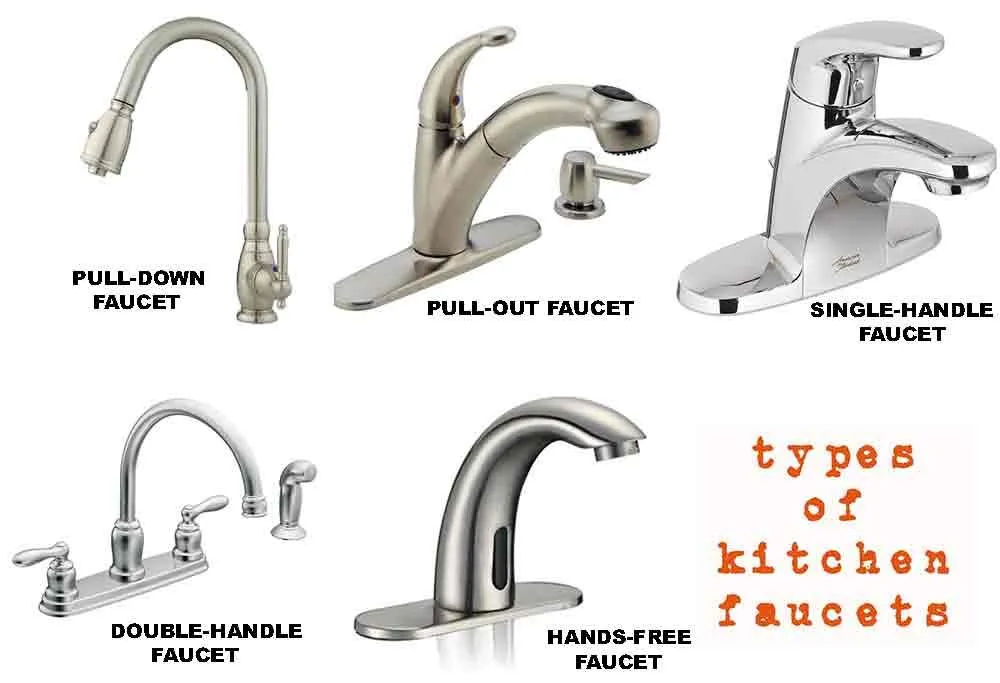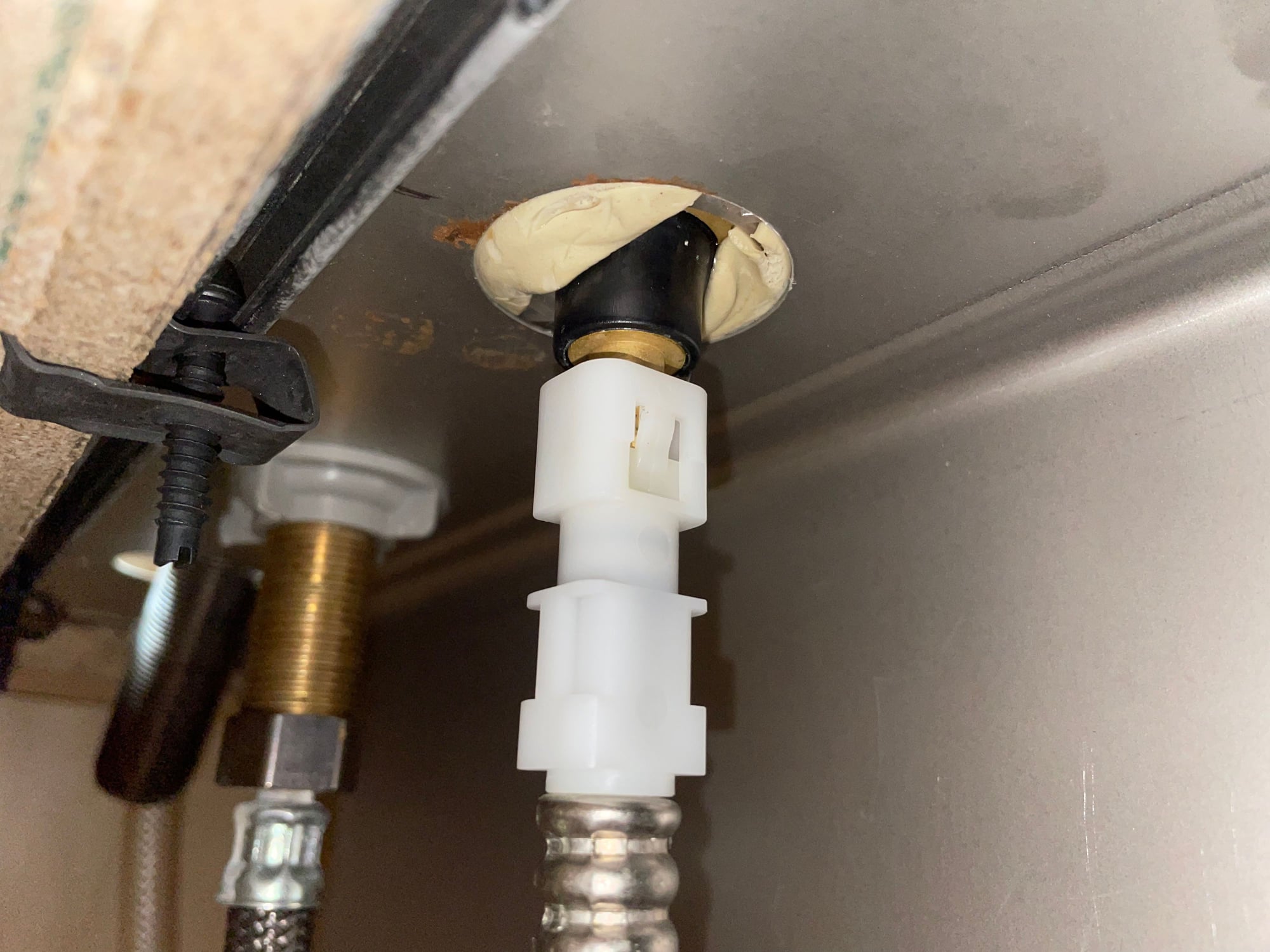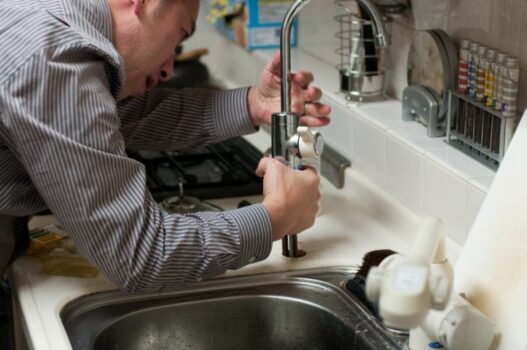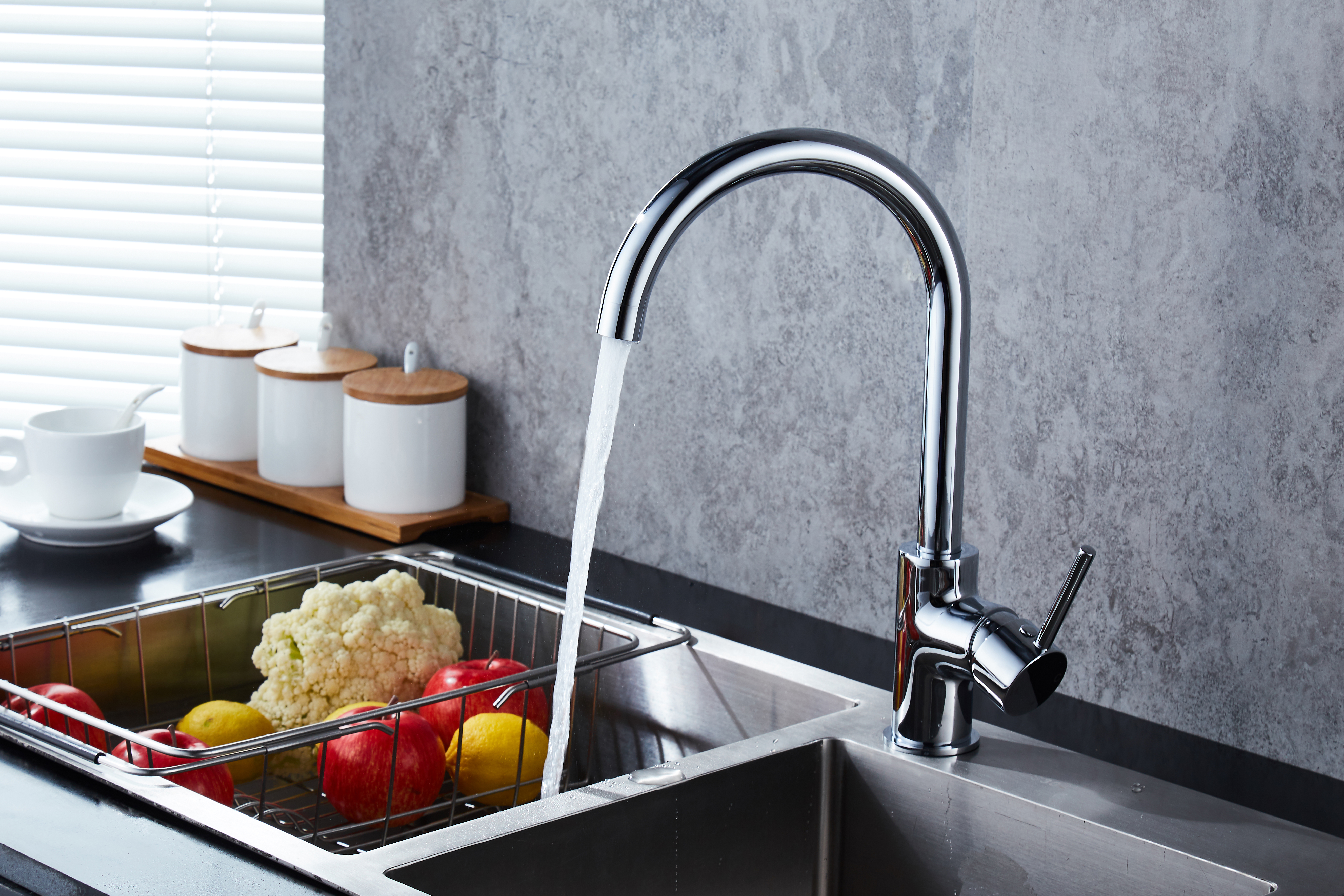Are you tired of dealing with low water pressure in your kitchen sink? Whether you're trying to wash dishes or fill up a pot, having adequate water pressure is essential in any kitchen. Luckily, you don't have to live with low pressure forever. With a few simple steps, you can increase the water pressure in your kitchen sink and make your daily tasks much easier. First, check your water supply. If you have a private well, make sure the pump is working properly and that the pressure tank is set to the correct level. If you're connected to a municipal water supply, contact your water provider to see if there are any known issues with the water pressure in your area. If the problem is not with your water supply, then the issue may be with your plumbing system. Check for any clogs or blockages in your pipes and clear them out if necessary. You can also try installing a water pressure booster or a water pressure regulator to help increase the pressure in your kitchen sink. Another option is to upgrade your kitchen sink faucet. Look for a faucet with a higher flow rate and pressure capability. You can also consider installing a kitchen sink sprayer, which can help increase the water pressure in your sink and make your daily tasks more efficient. Remember to also check for any leaks in your plumbing system. Even a small leak can significantly reduce water pressure and waste water. Fixing any leaks can help increase the pressure in your kitchen sink and save you money on your water bill.1. How to Increase Water Pressure in Your Kitchen Sink
Water pressure and head are two common terms used when discussing plumbing systems. Understanding these terms can help you determine the cause of low water pressure in your kitchen sink and find the best solution. Water pressure is the force of water pushing against the walls of your pipes. It is typically measured in pounds per square inch (PSI). Most homes have a water pressure of around 40-60 PSI, which is usually sufficient for daily tasks. However, if the pressure drops below 40 PSI, you may experience low water pressure in your kitchen sink. Water head, on the other hand, is the vertical distance that water must travel to reach its destination. It is typically measured in feet. The higher the water head, the greater the water pressure. For example, if your sink is located on the first floor of your home, the water head will be lower than if your sink is located on the second floor. When troubleshooting low water pressure in your kitchen sink, it's important to consider both water pressure and head. A decrease in either one can cause low water pressure in your sink.2. Understanding Water Pressure and Head
If you're experiencing low water pressure in your kitchen sink, there are a few steps you can take to troubleshoot the issue. First, check the aerator on your faucet. This small screen can become clogged with debris, reducing water flow. Remove the aerator and clean it with a mixture of water and vinegar to dissolve any buildup. If the aerator is not the issue, check for any leaks in your plumbing system. Even a small leak can significantly reduce water pressure. Fixing any leaks can help increase the pressure in your kitchen sink. Another common cause of low water pressure is a faulty pressure regulator. This device controls the water pressure in your home and may need to be adjusted or replaced if it is not functioning properly. If you have ruled out these common causes, it may be time to call a professional plumber. They can help identify and fix any underlying issues with your plumbing system that may be causing low water pressure in your kitchen sink.3. Troubleshooting Low Water Pressure in Your Kitchen Sink
If you have a kitchen sink sprayer, you may experience low water pressure from time to time. This can be caused by a clogged sprayer head or a faulty diverter valve. To fix a clogged sprayer head, soak it in a mixture of water and vinegar to dissolve any buildup. If this doesn't work, you may need to replace the sprayer head altogether. If the sprayer head is not the issue, then the problem may be with the diverter valve. This valve directs water to either the faucet or the sprayer. If it is faulty, it may not be fully opening, resulting in low water pressure. You can try cleaning the valve or replacing it if necessary.4. How to Fix a Kitchen Sink Sprayer That Has Low Water Pressure
As mentioned earlier, pressure head plays a crucial role in determining the water pressure in your plumbing system. Understanding how it works can help you identify and troubleshoot any issues with low water pressure in your kitchen sink. The height of your pressure head is determined by the vertical distance between your faucet and the water source. The higher the pressure head, the greater the water pressure. This is why homes located on higher floors may have stronger water pressure than those on lower floors. When installing a new plumbing system or making any changes to your existing system, it's essential to consider the pressure head. If the head is too high or too low, you may experience low water pressure or other plumbing issues.5. The Importance of Pressure Head in Plumbing Systems
Measuring the water pressure in your home is a simple process that can help you determine if your kitchen sink has low water pressure. You can purchase a water pressure gauge from a hardware store and attach it to any outdoor faucet or hose bib. Turn on the faucet and note the reading on the gauge. The ideal water pressure for a home is between 40-60 PSI. If the pressure is significantly lower than this, you may need to take steps to increase the pressure in your kitchen sink.6. How to Measure Water Pressure in Your Home
There are several common causes of low water pressure in kitchen sinks, including clogged aerators, leaks in the plumbing system, faulty pressure regulators, and problems with the pressure head. In some cases, the issue may be specific to your kitchen sink, such as a clogged sprayer head or a malfunctioning diverter valve. It's essential to troubleshoot and identify the specific cause of low water pressure in your kitchen sink to find the best solution.7. Common Causes of Low Water Pressure in Kitchen Sinks
If you have a single handle kitchen faucet, there are a few ways you can increase the water pressure. First, make sure the water supply valves under the sink are fully open. You can also try cleaning the aerator or replacing it with a high-flow aerator. If these methods don't work, you may need to adjust or replace the cartridge inside the faucet. This is best done by a professional plumber to ensure the proper functioning of your faucet.8. How to Increase Water Pressure in a Single Handle Kitchen Faucet
When it comes to kitchen sink faucets, there are several types to choose from, including single handle, double handle, and pull-out or pull-down faucets. Each type has its own unique features and benefits, so it's essential to consider your needs and preferences before making a decision. Single handle faucets are the most common and allow for easy temperature and water flow adjustment with one hand. Double handle faucets have separate handles for hot and cold water and offer a classic look. Pull-out or pull-down faucets have a sprayer head attached to a hose, allowing for more flexibility and convenience in the kitchen.9. Understanding the Different Types of Kitchen Sink Faucets
If you don't currently have a kitchen sink sprayer, you may want to consider installing one to make your daily tasks easier. The process is relatively simple and can be done in a few steps. First, turn off the water supply to the sink. Then, remove the old faucet if you have one. Next, install the new sprayer base by threading the hose through the hole in the sink. Attach the sprayer head to the end of the hose and secure it with a clip. Finally, connect the spray hose to the water supply and turn the water back on. Increasing the water pressure in your kitchen sink may require some troubleshooting and potentially upgrading your plumbing system. However, with these tips and techniques, you can enjoy a stronger and more efficient water flow in your kitchen sink. Remember to regularly check for any clogs or leaks and seek professional help if necessary to maintain optimal water pressure in your home.10. How to Install a Kitchen Sink Sprayer
The Importance of Kitchen Sink Pressure Head in House Design
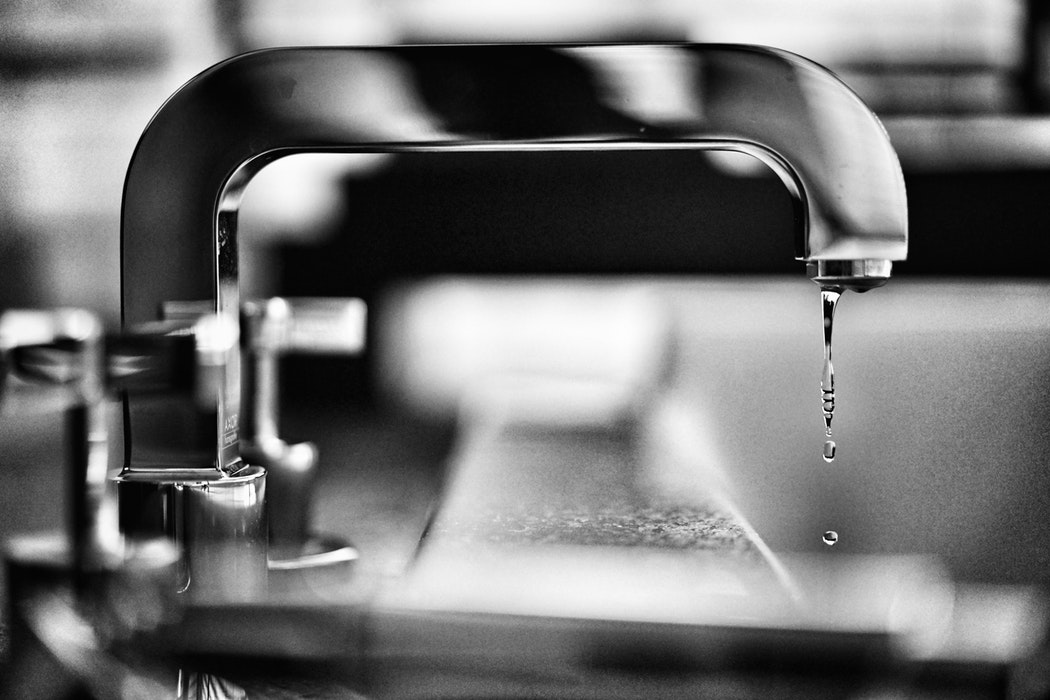
Why Kitchen Sink Pressure Head Matters
 When designing a house, there are many factors that need to be taken into consideration. From the layout to the color scheme, every detail matters. However, one aspect that is often overlooked is the kitchen sink pressure head. This may seem like a minor detail, but it can actually have a big impact on the functionality and overall design of your kitchen.
Kitchen sink pressure head
refers to the amount of water that flows from your faucet. It is determined by the type of faucet and the water pressure in your home. A
low kitchen sink pressure head
can be frustrating and inconvenient, while a
high kitchen sink pressure head
can be wasteful and messy. Finding the right balance is key.
When designing a house, there are many factors that need to be taken into consideration. From the layout to the color scheme, every detail matters. However, one aspect that is often overlooked is the kitchen sink pressure head. This may seem like a minor detail, but it can actually have a big impact on the functionality and overall design of your kitchen.
Kitchen sink pressure head
refers to the amount of water that flows from your faucet. It is determined by the type of faucet and the water pressure in your home. A
low kitchen sink pressure head
can be frustrating and inconvenient, while a
high kitchen sink pressure head
can be wasteful and messy. Finding the right balance is key.
Functionality and Efficiency
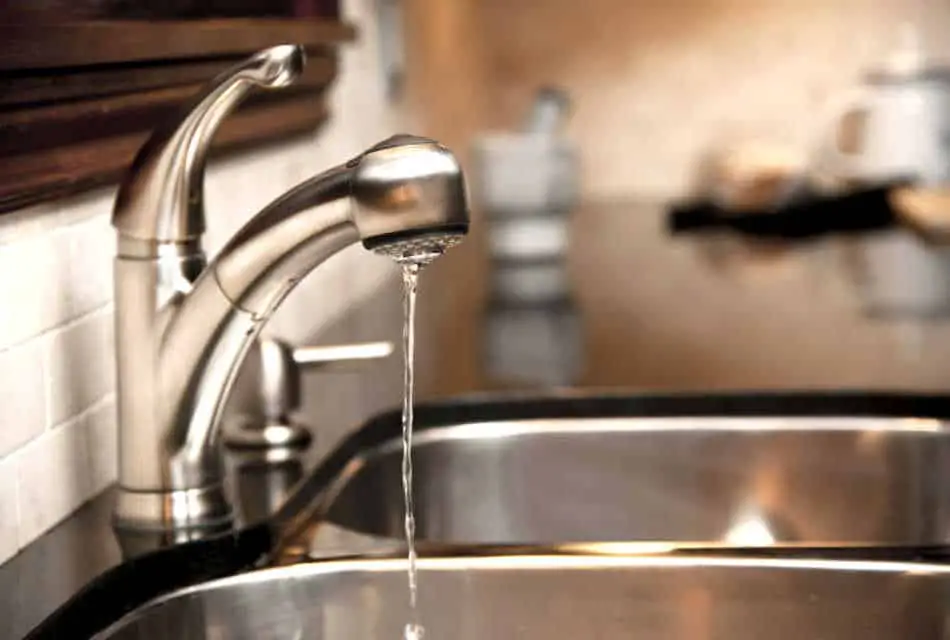 The kitchen sink is one of the most frequently used areas in a house. From washing dishes to filling pots with water, it is important to have a
functional
and
efficient
kitchen sink. A
low kitchen sink pressure head
can make simple tasks like washing dishes a time-consuming chore. On the other hand, a
high kitchen sink pressure head
can lead to water splashing everywhere, making a mess and wasting water. Finding the perfect
kitchen sink pressure head
can make these tasks easier and more enjoyable.
The kitchen sink is one of the most frequently used areas in a house. From washing dishes to filling pots with water, it is important to have a
functional
and
efficient
kitchen sink. A
low kitchen sink pressure head
can make simple tasks like washing dishes a time-consuming chore. On the other hand, a
high kitchen sink pressure head
can lead to water splashing everywhere, making a mess and wasting water. Finding the perfect
kitchen sink pressure head
can make these tasks easier and more enjoyable.
Aesthetic Appeal
 Aside from functionality, the
kitchen sink pressure head
can also have an impact on the overall aesthetic of your kitchen. A
low kitchen sink pressure head
can result in a weak and unimpressive flow of water, while a
high kitchen sink pressure head
can create a chaotic and messy appearance. Finding the right
kitchen sink pressure head
can add to the overall design and appeal of your kitchen.
Aside from functionality, the
kitchen sink pressure head
can also have an impact on the overall aesthetic of your kitchen. A
low kitchen sink pressure head
can result in a weak and unimpressive flow of water, while a
high kitchen sink pressure head
can create a chaotic and messy appearance. Finding the right
kitchen sink pressure head
can add to the overall design and appeal of your kitchen.
Choosing the Right Kitchen Sink Pressure Head
 When designing a house, it is important to consider all aspects, including the
kitchen sink pressure head
. To ensure that you have the right balance of functionality and aesthetic appeal, it is recommended to consult with a professional plumber. They can assess your water pressure and help you choose the right faucet for your kitchen sink. With the right
kitchen sink pressure head
, you can have a functional and beautiful kitchen.
In conclusion, the
kitchen sink pressure head
may seem like a small detail, but it can have a big impact on the functionality and design of your kitchen. It is important to find the right balance between a
low kitchen sink pressure head
and a
high kitchen sink pressure head
. Consult with a professional to ensure that your kitchen sink is both functional and aesthetically pleasing.
When designing a house, it is important to consider all aspects, including the
kitchen sink pressure head
. To ensure that you have the right balance of functionality and aesthetic appeal, it is recommended to consult with a professional plumber. They can assess your water pressure and help you choose the right faucet for your kitchen sink. With the right
kitchen sink pressure head
, you can have a functional and beautiful kitchen.
In conclusion, the
kitchen sink pressure head
may seem like a small detail, but it can have a big impact on the functionality and design of your kitchen. It is important to find the right balance between a
low kitchen sink pressure head
and a
high kitchen sink pressure head
. Consult with a professional to ensure that your kitchen sink is both functional and aesthetically pleasing.


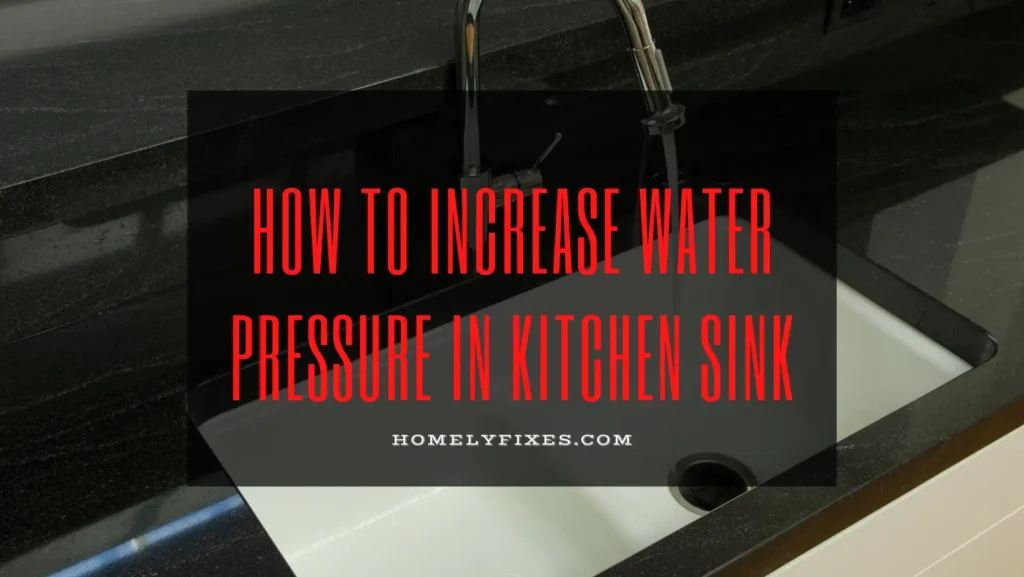





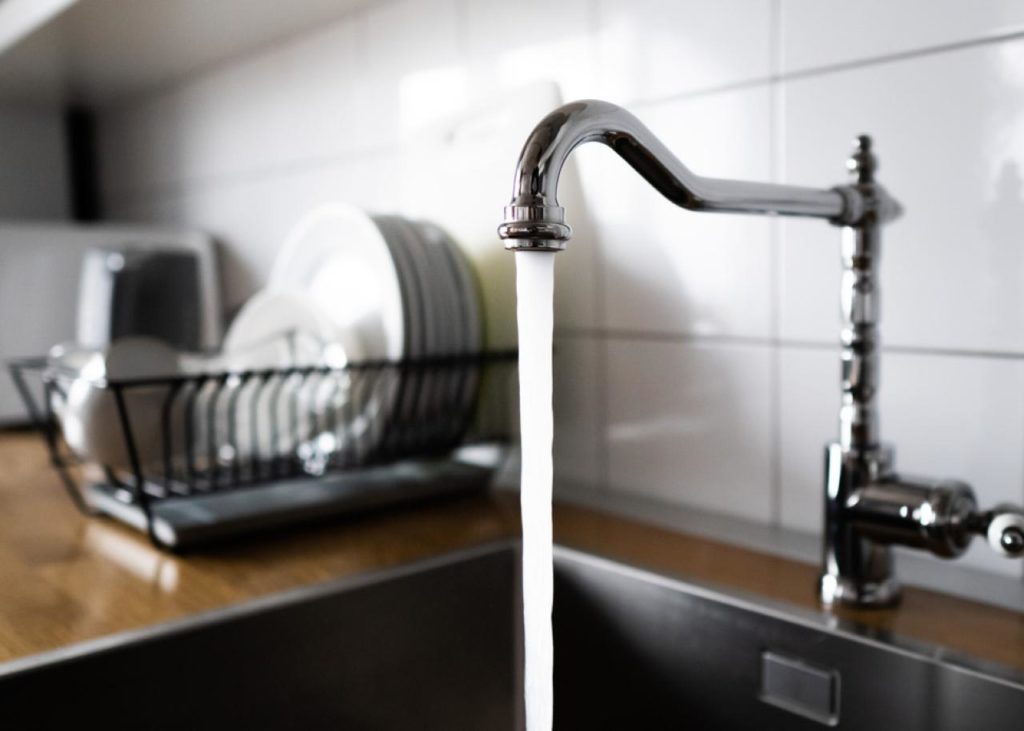
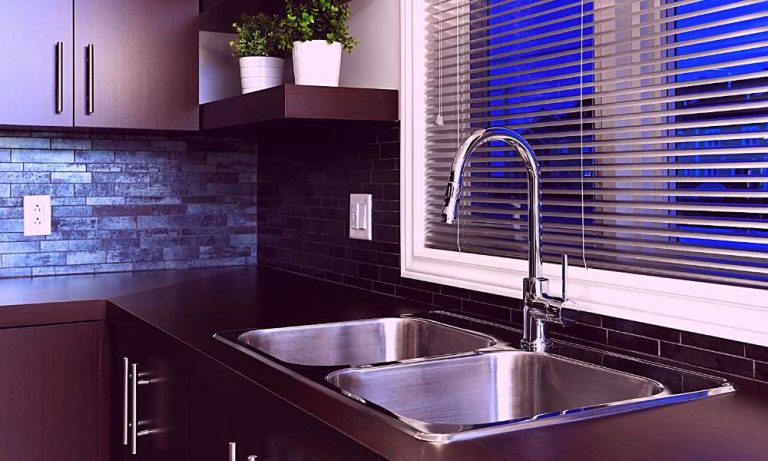
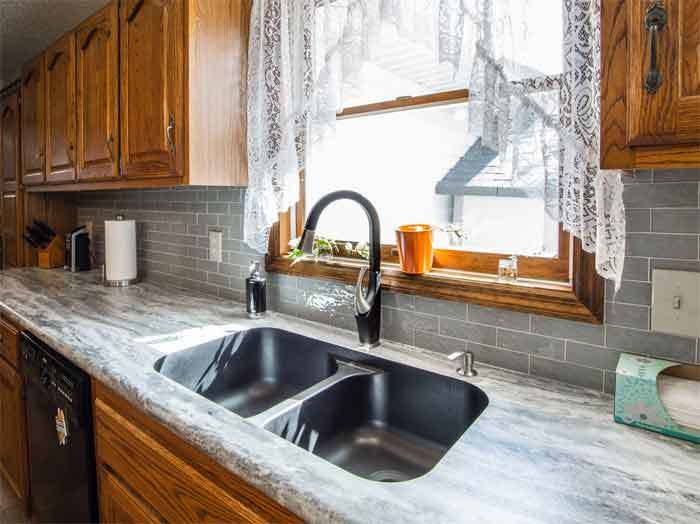




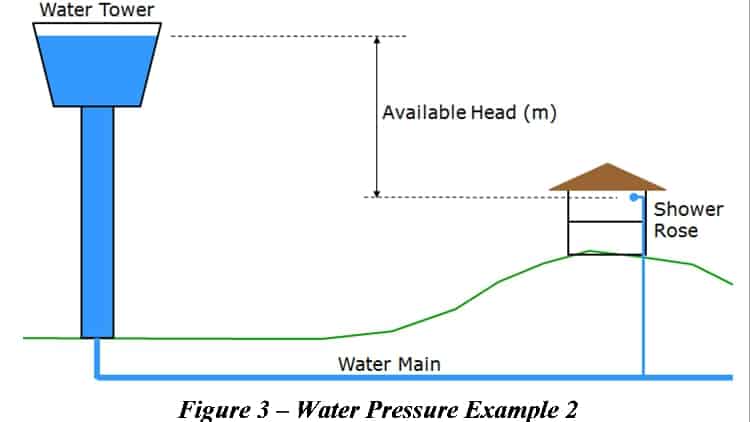


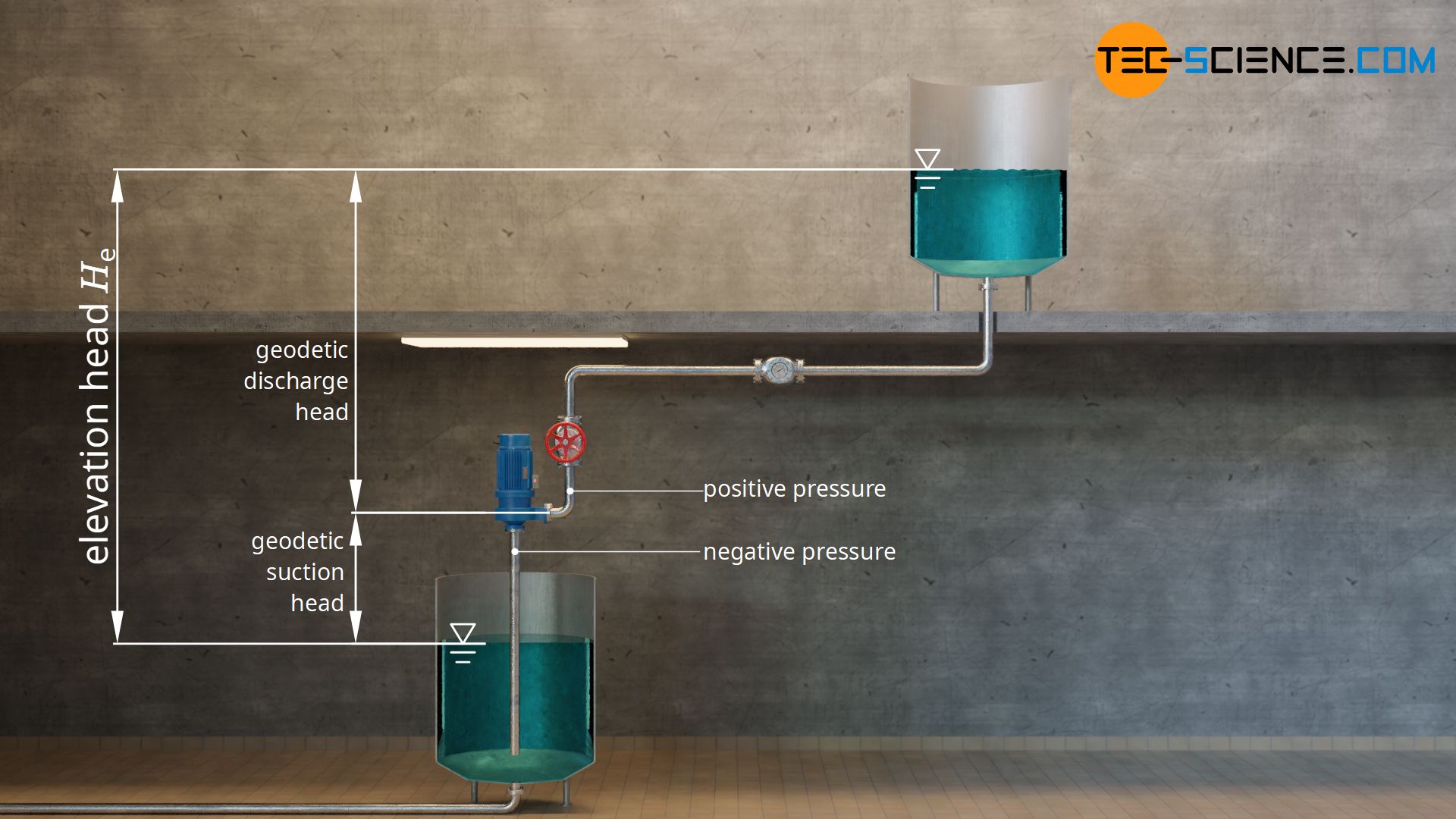
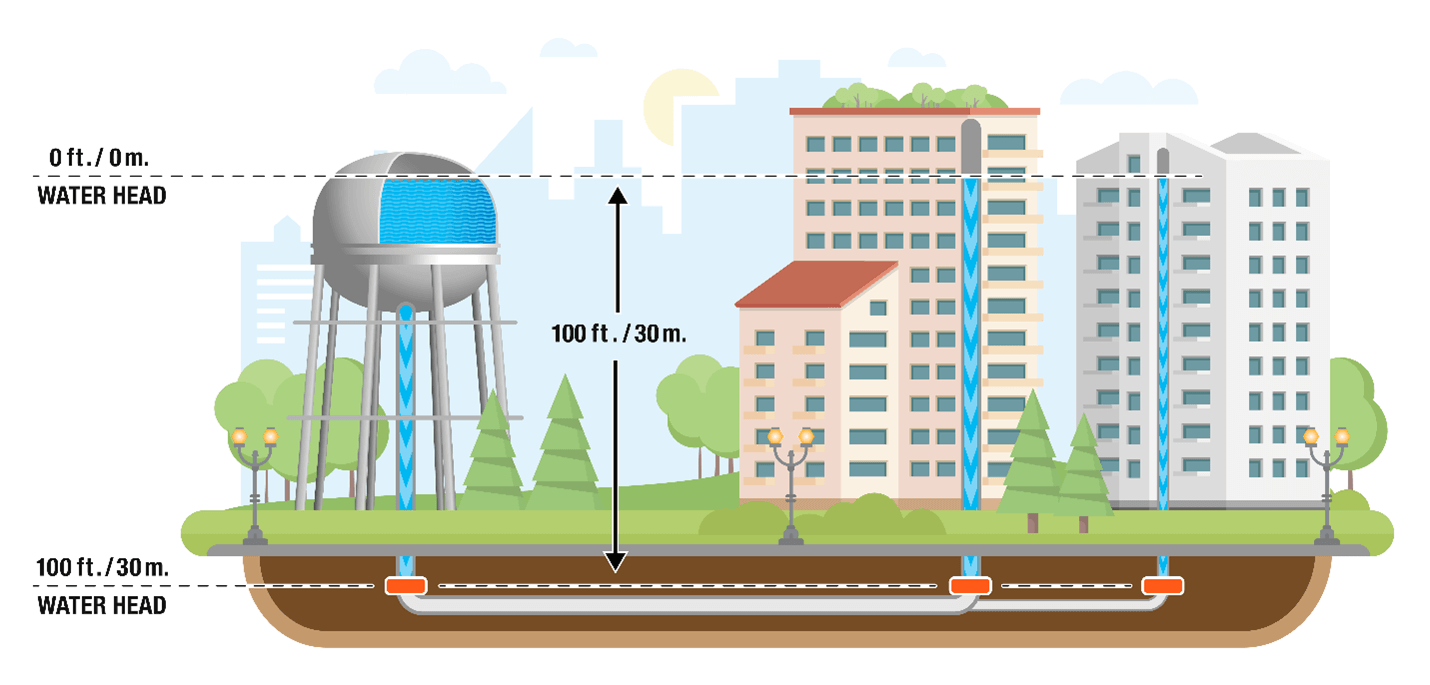

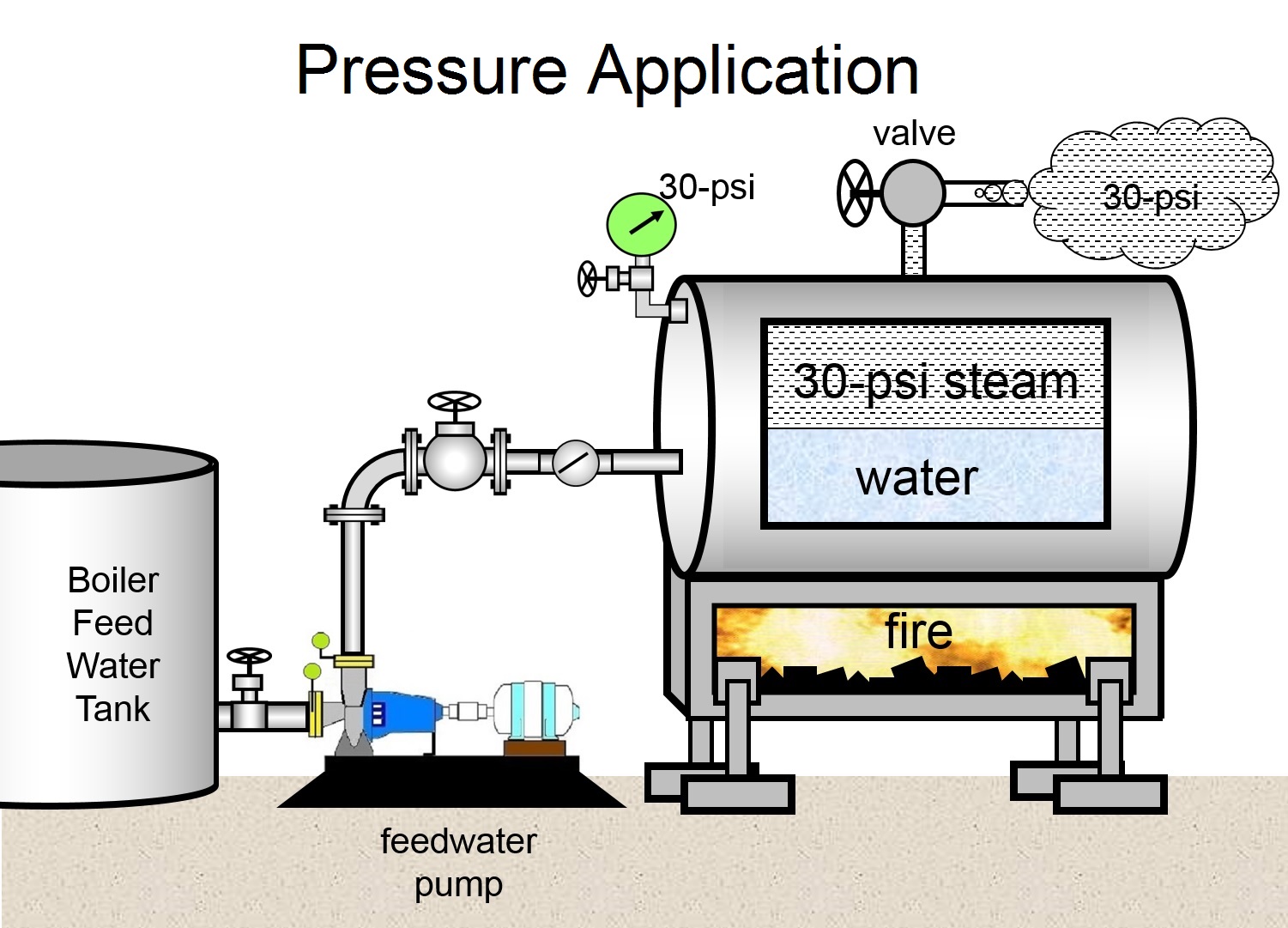
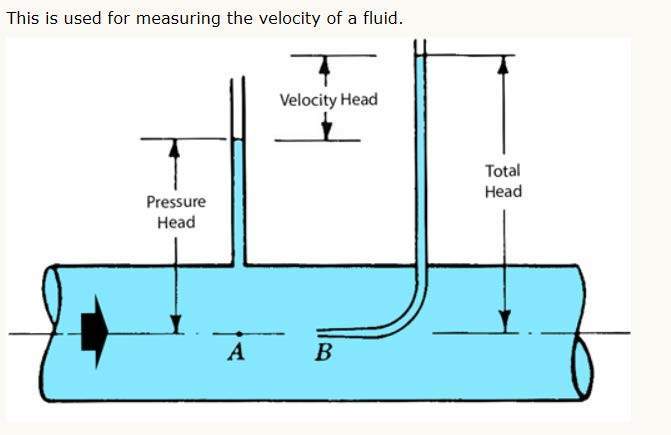







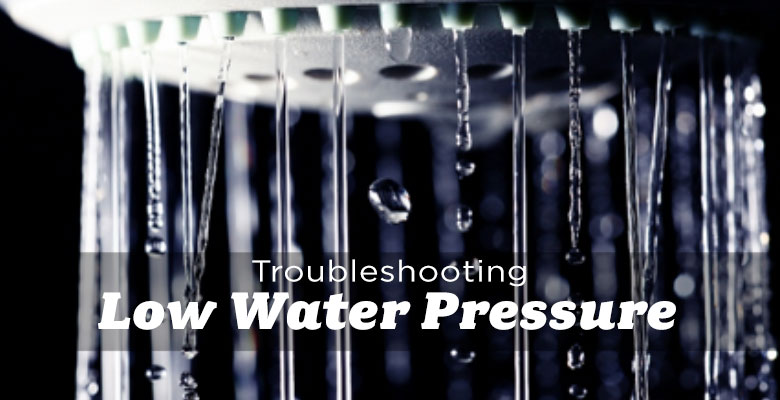





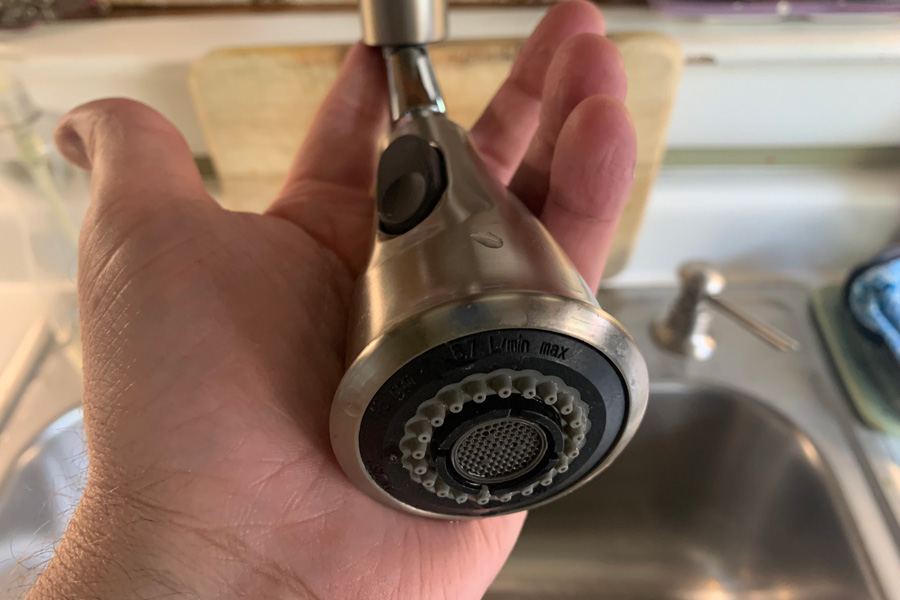


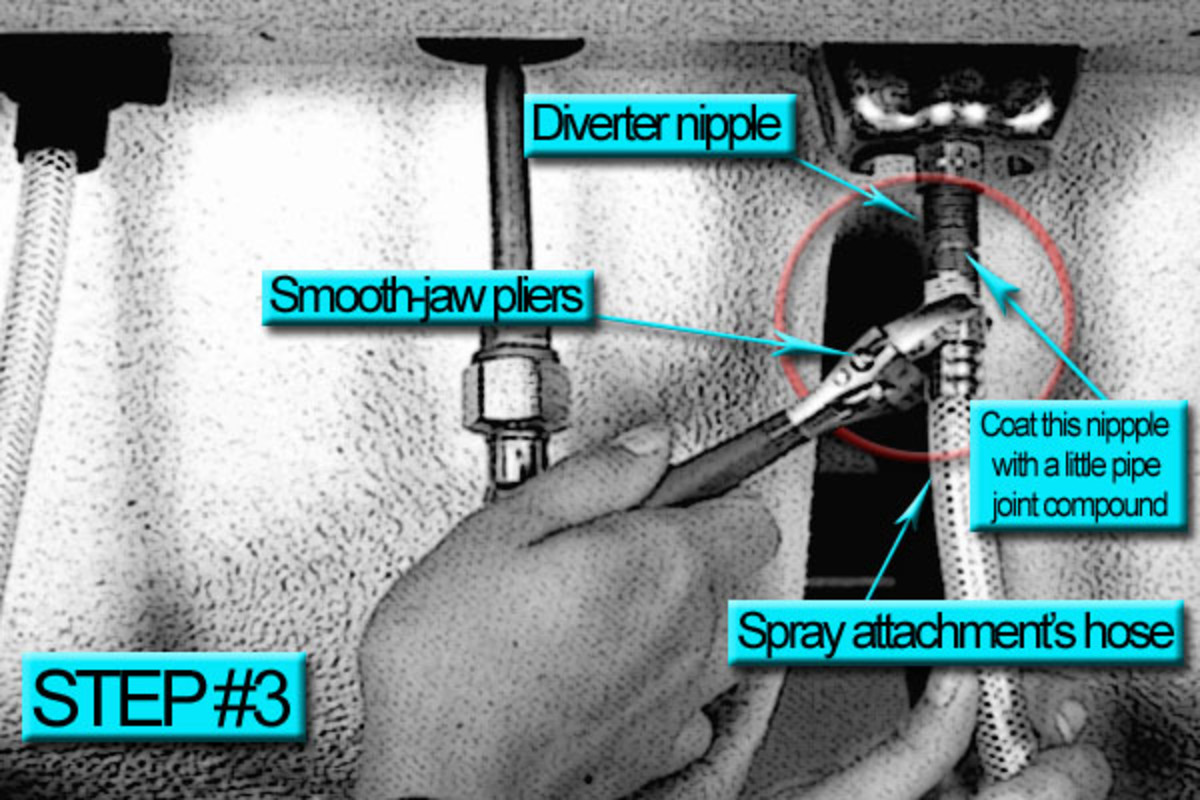


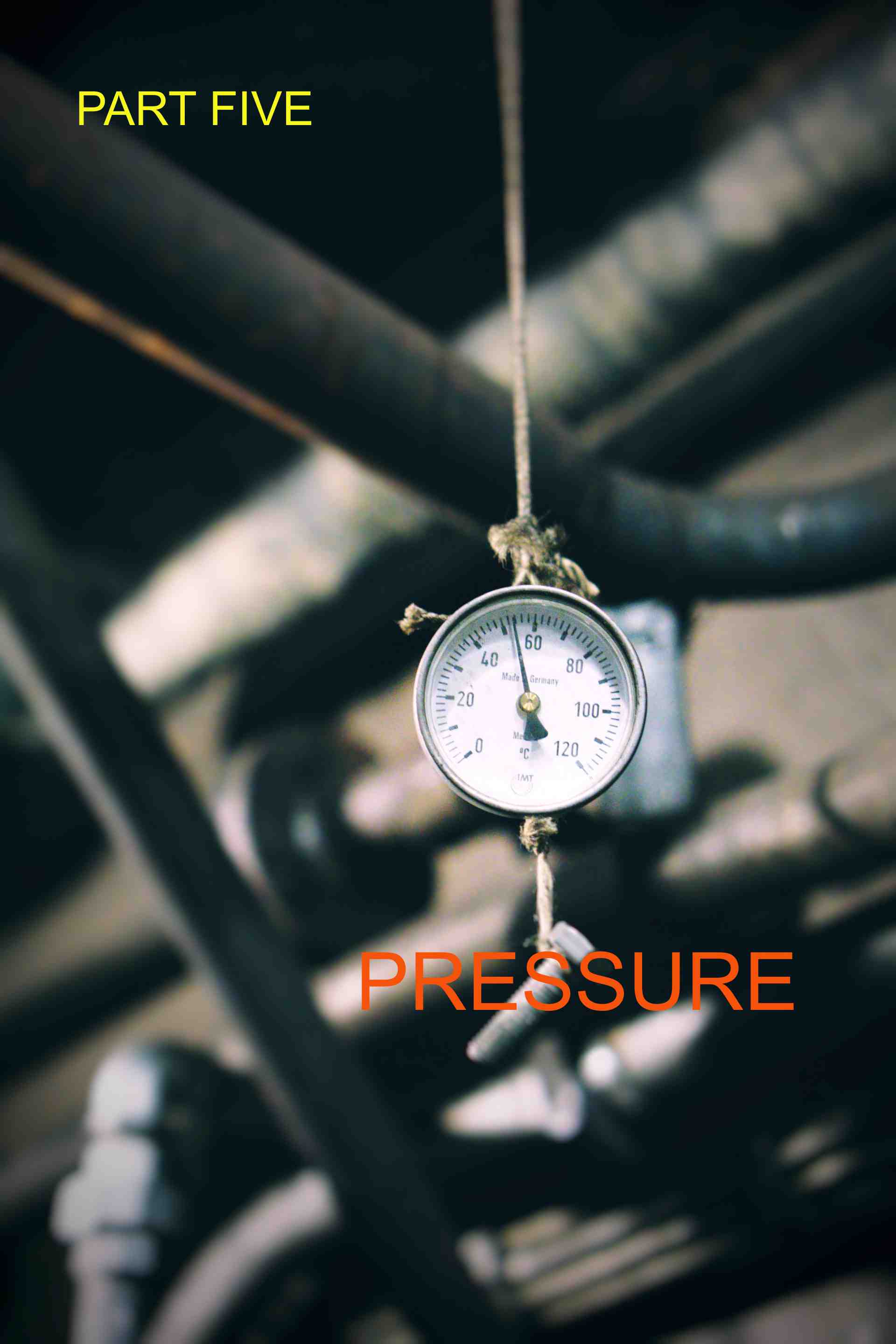

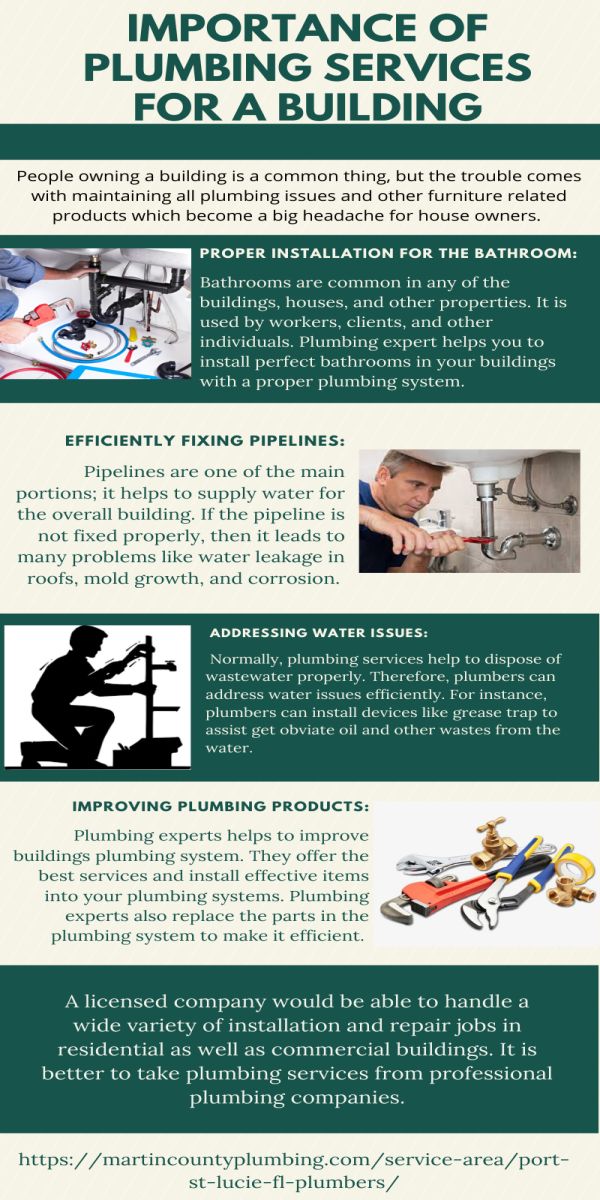
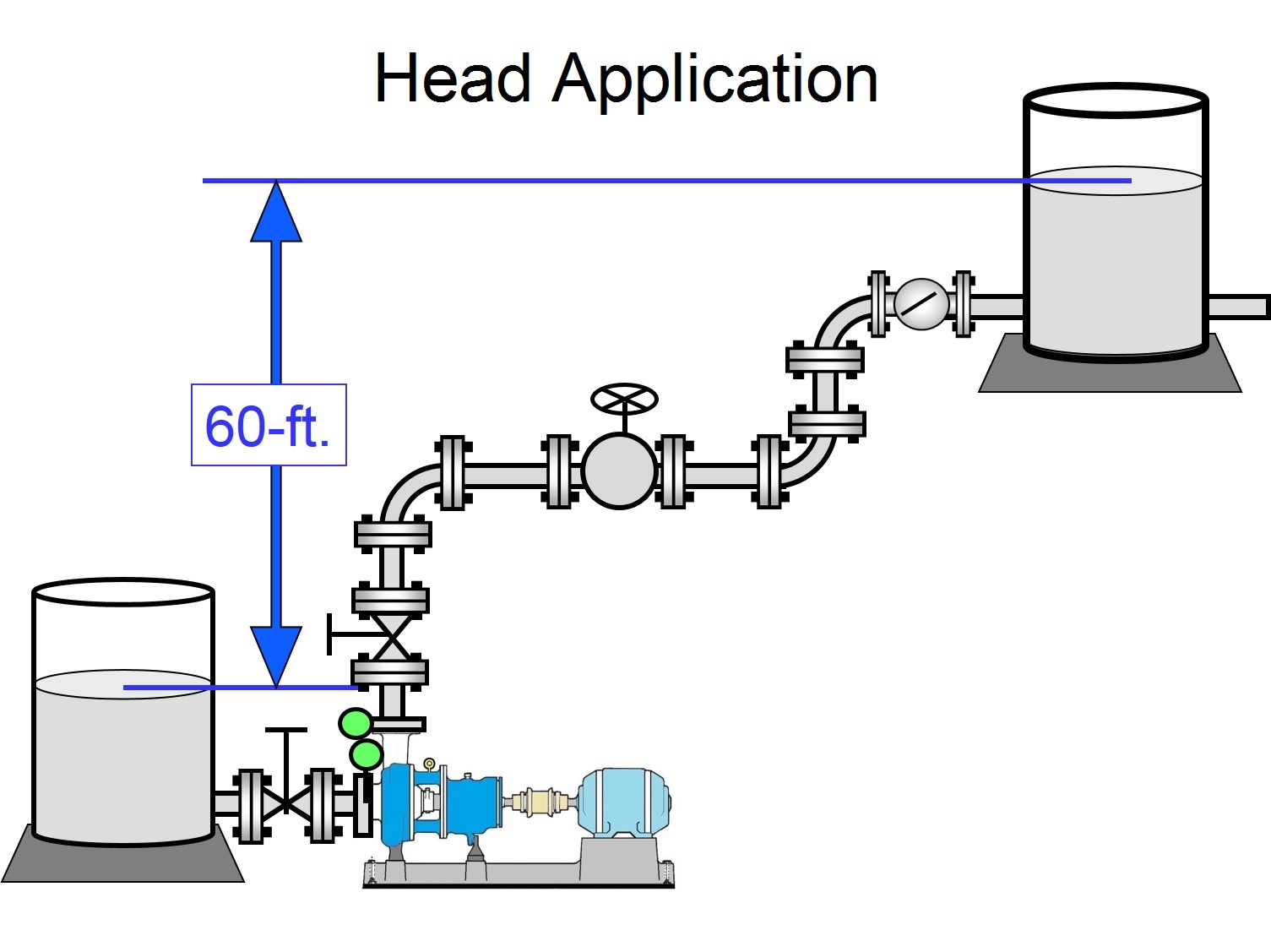
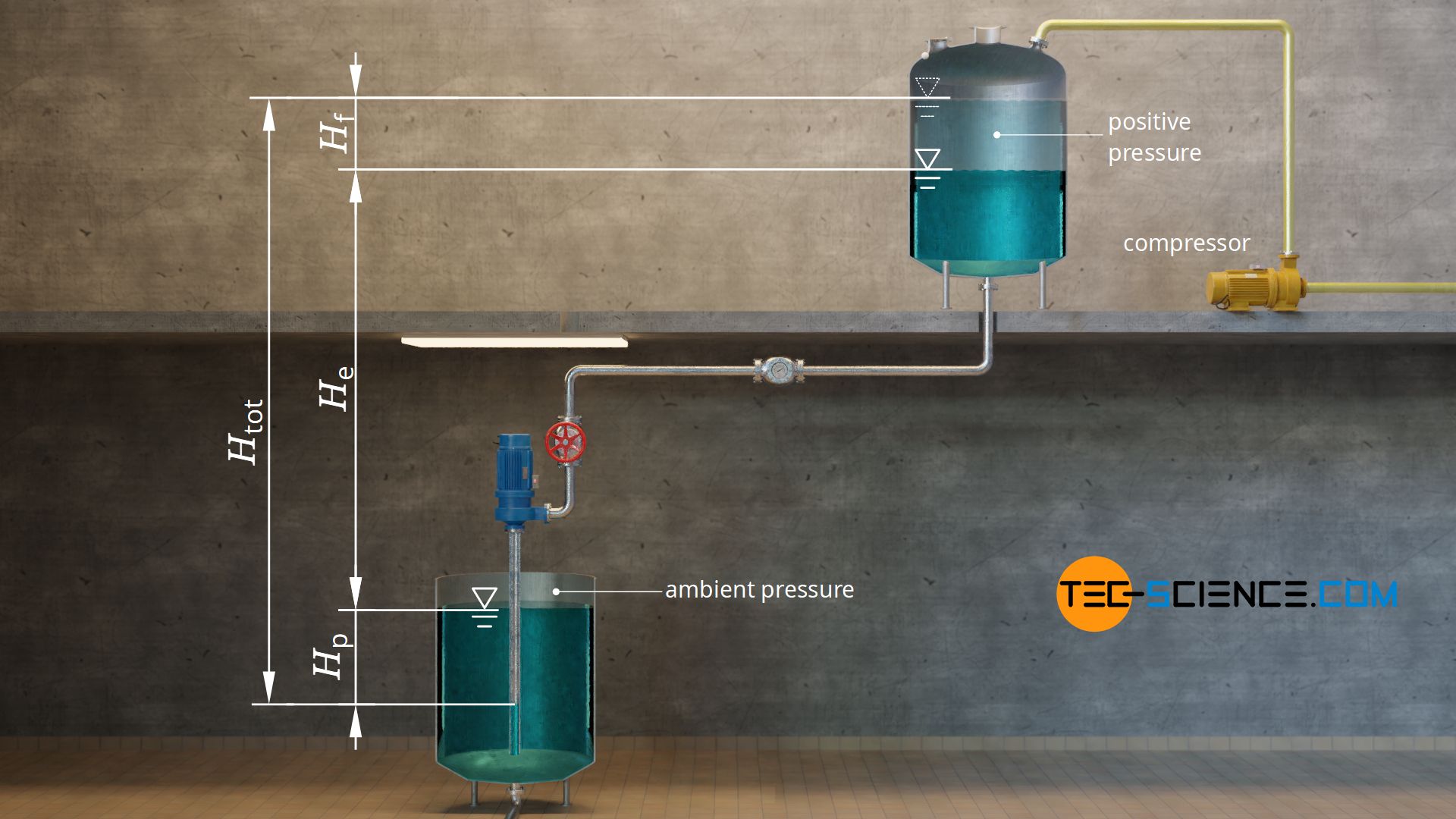
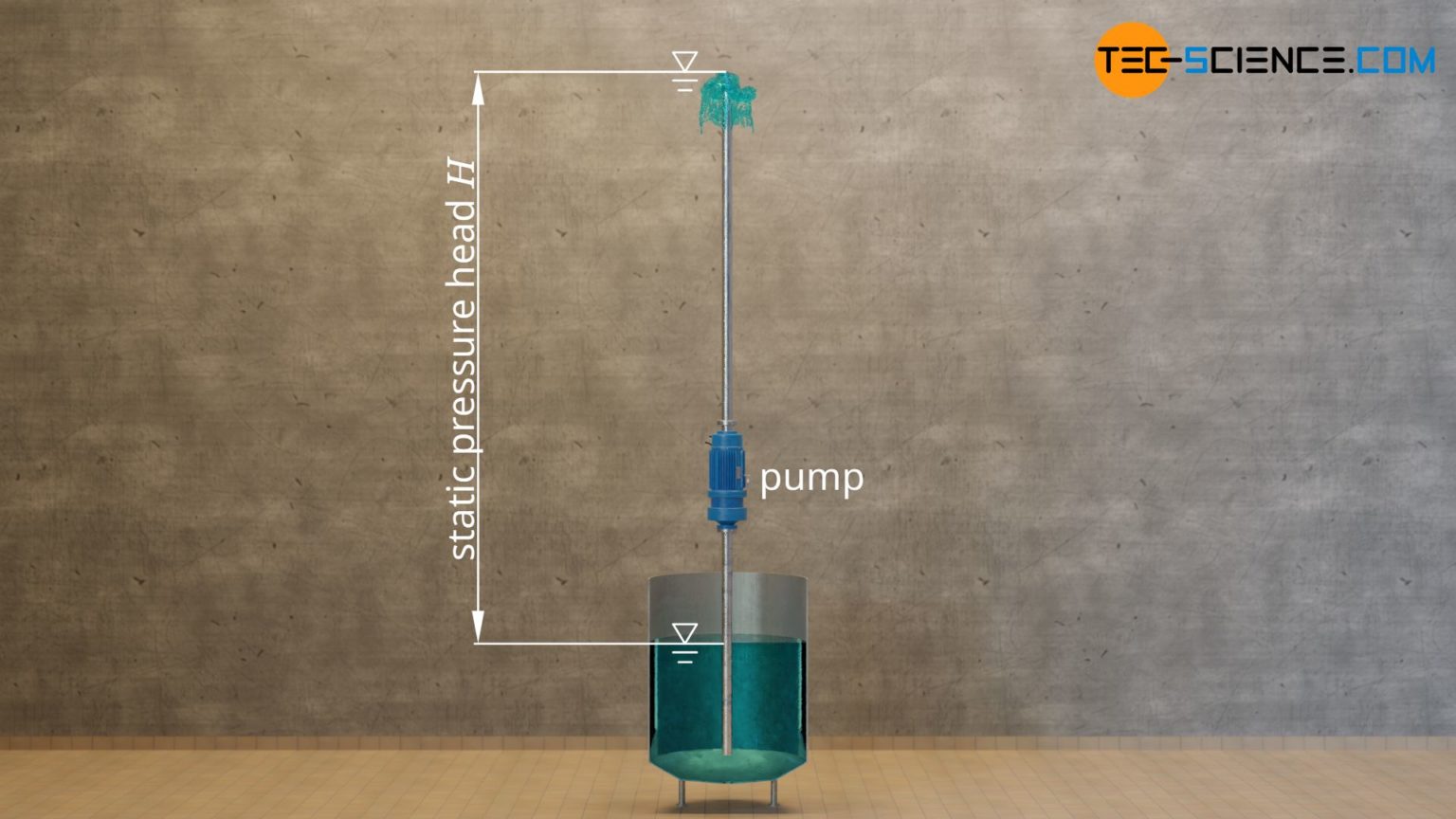

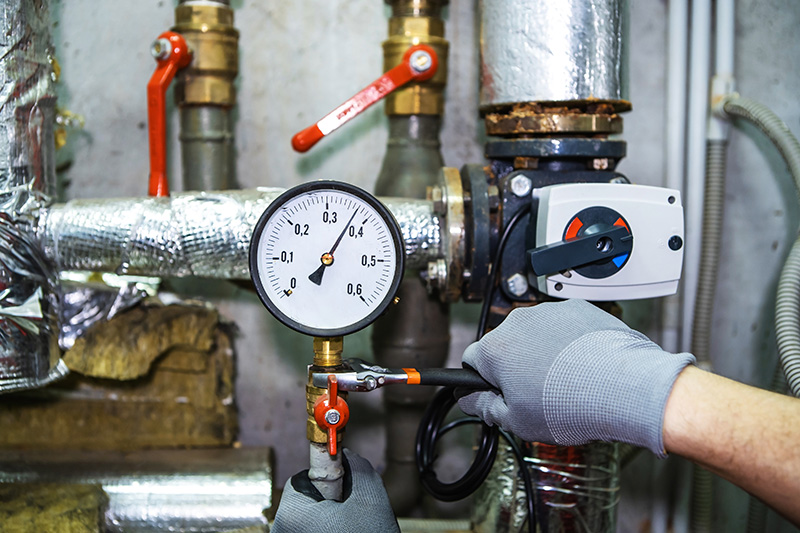





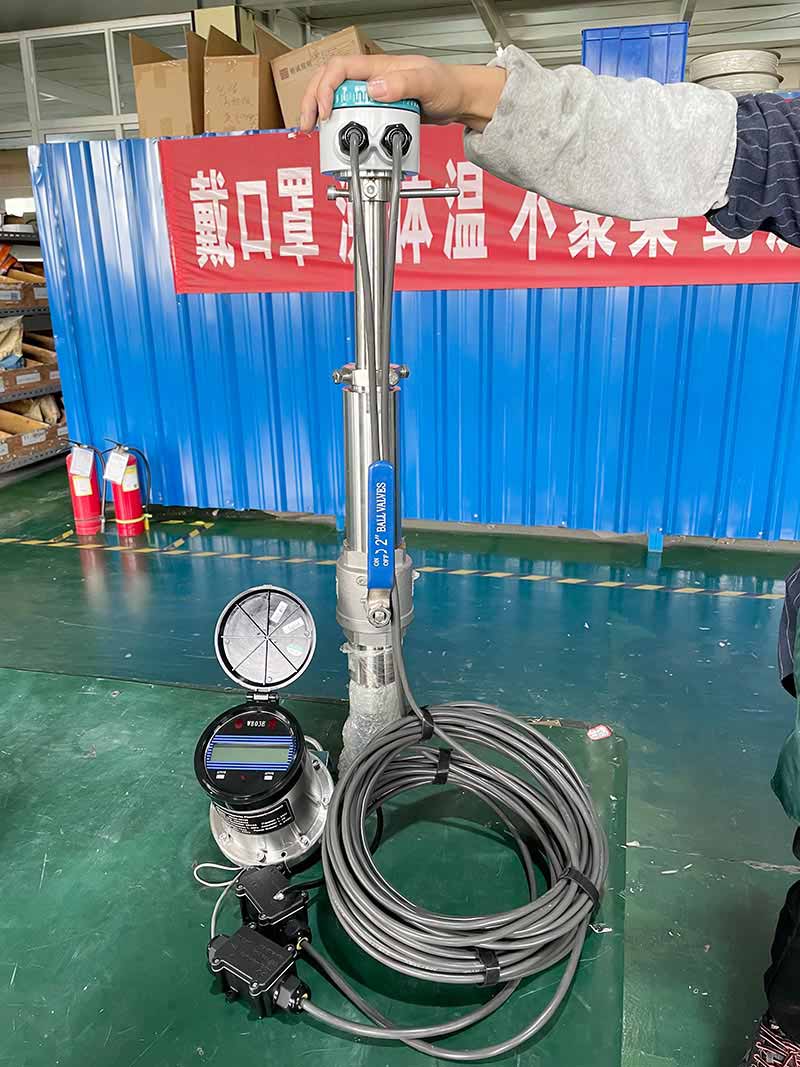
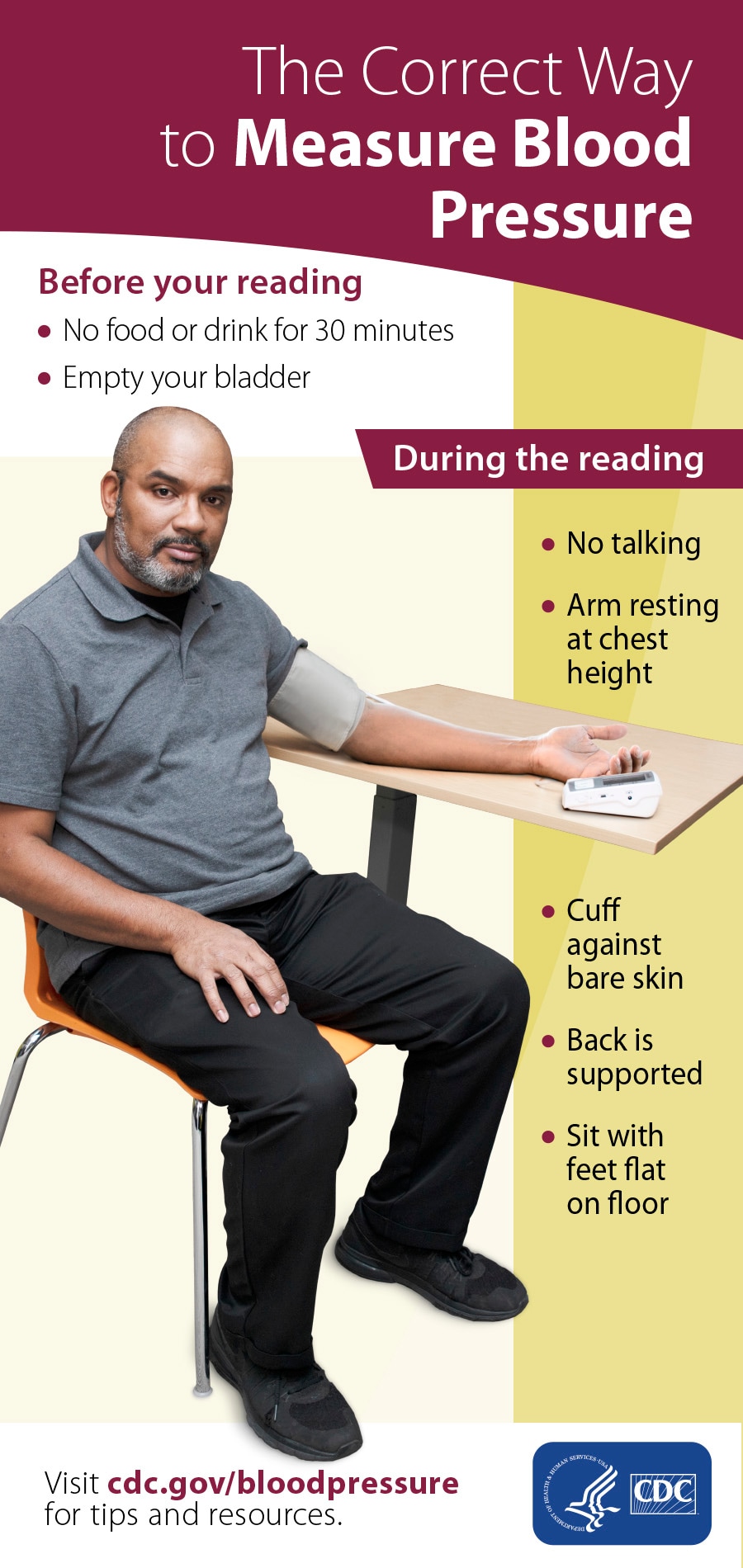


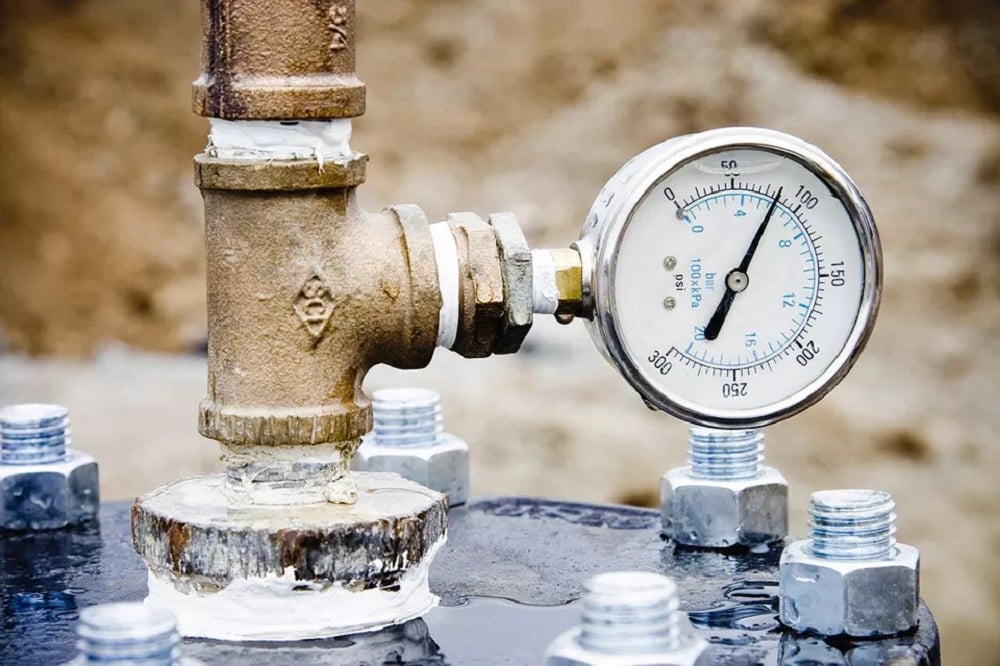

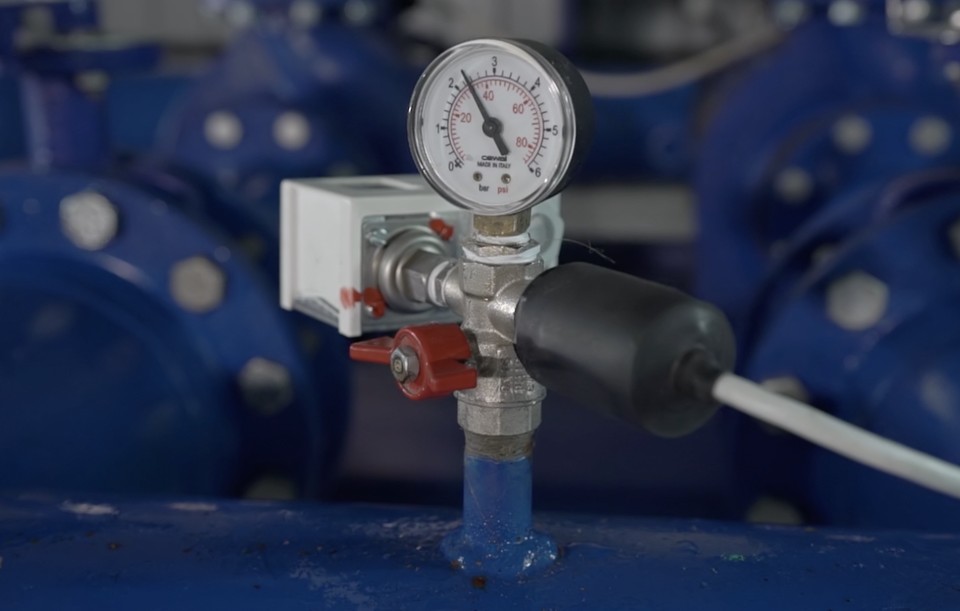

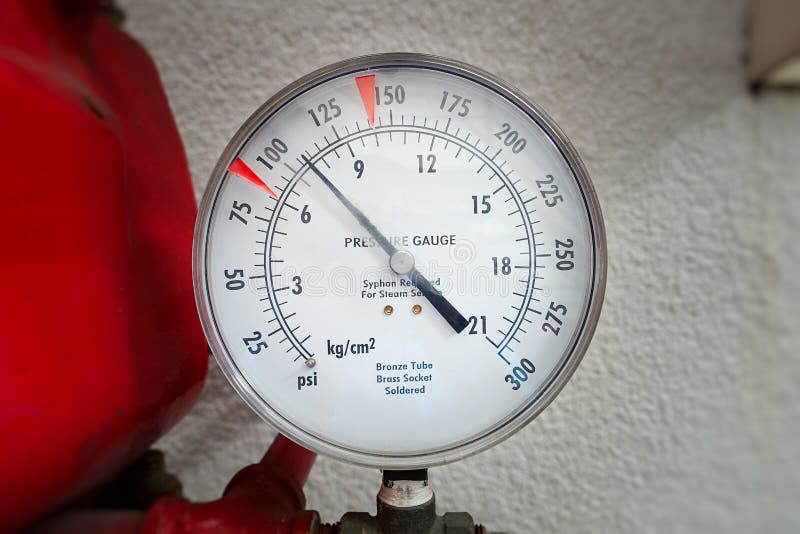








_.jpg)
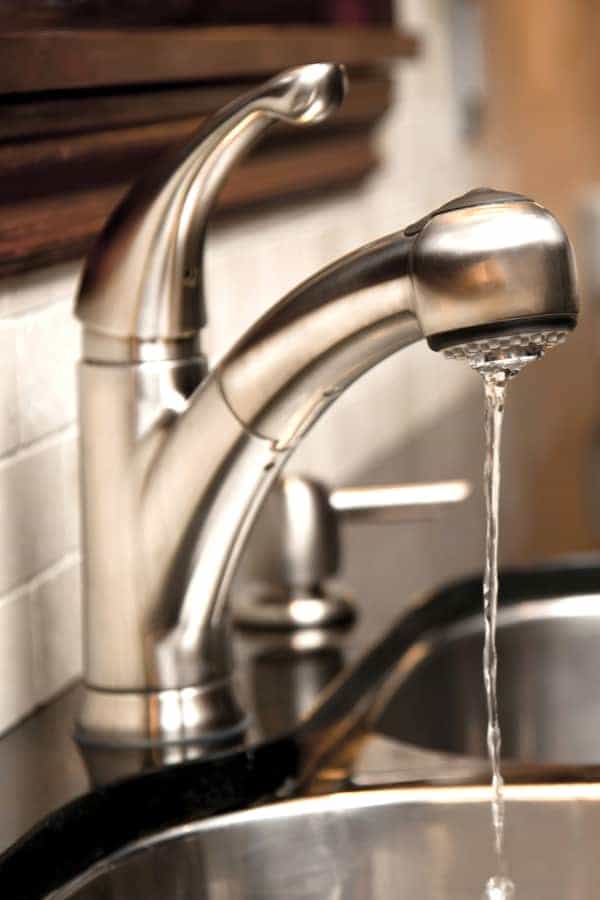




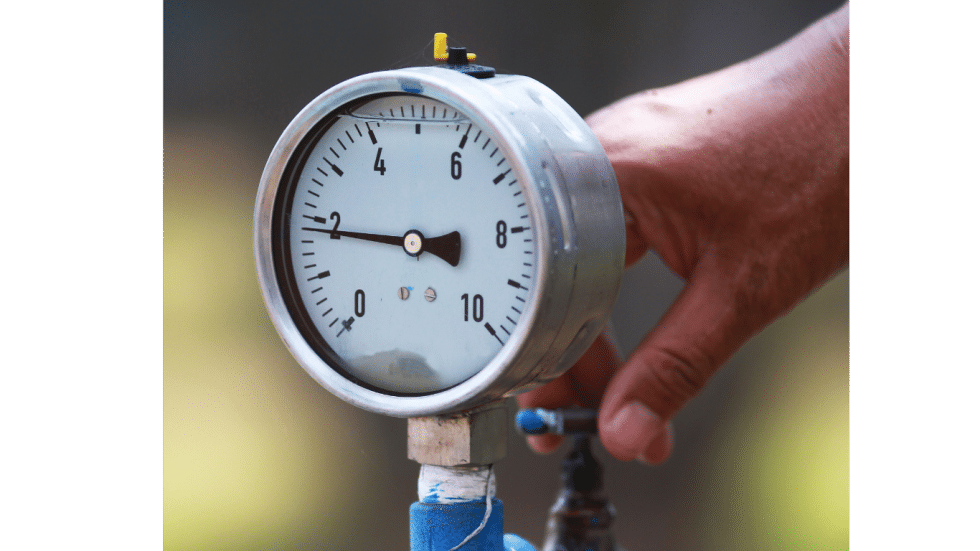








:max_bytes(150000):strip_icc()/Basic-kitchen-sink-types-1821207_color_rev-0b539306b9ef4236a136624ad2a89a4c.jpg)






